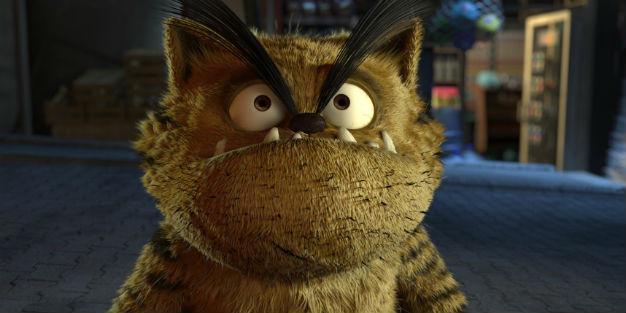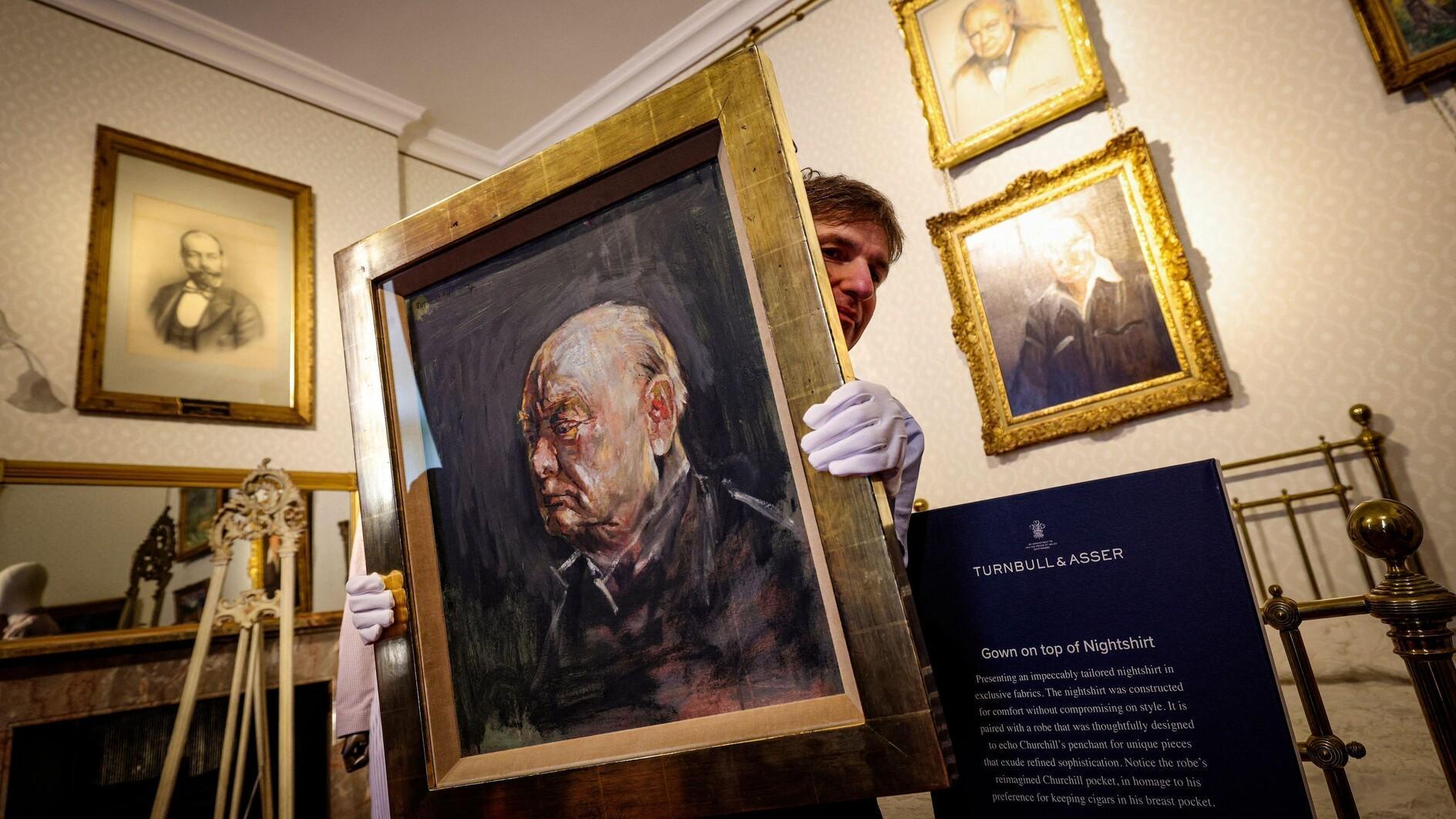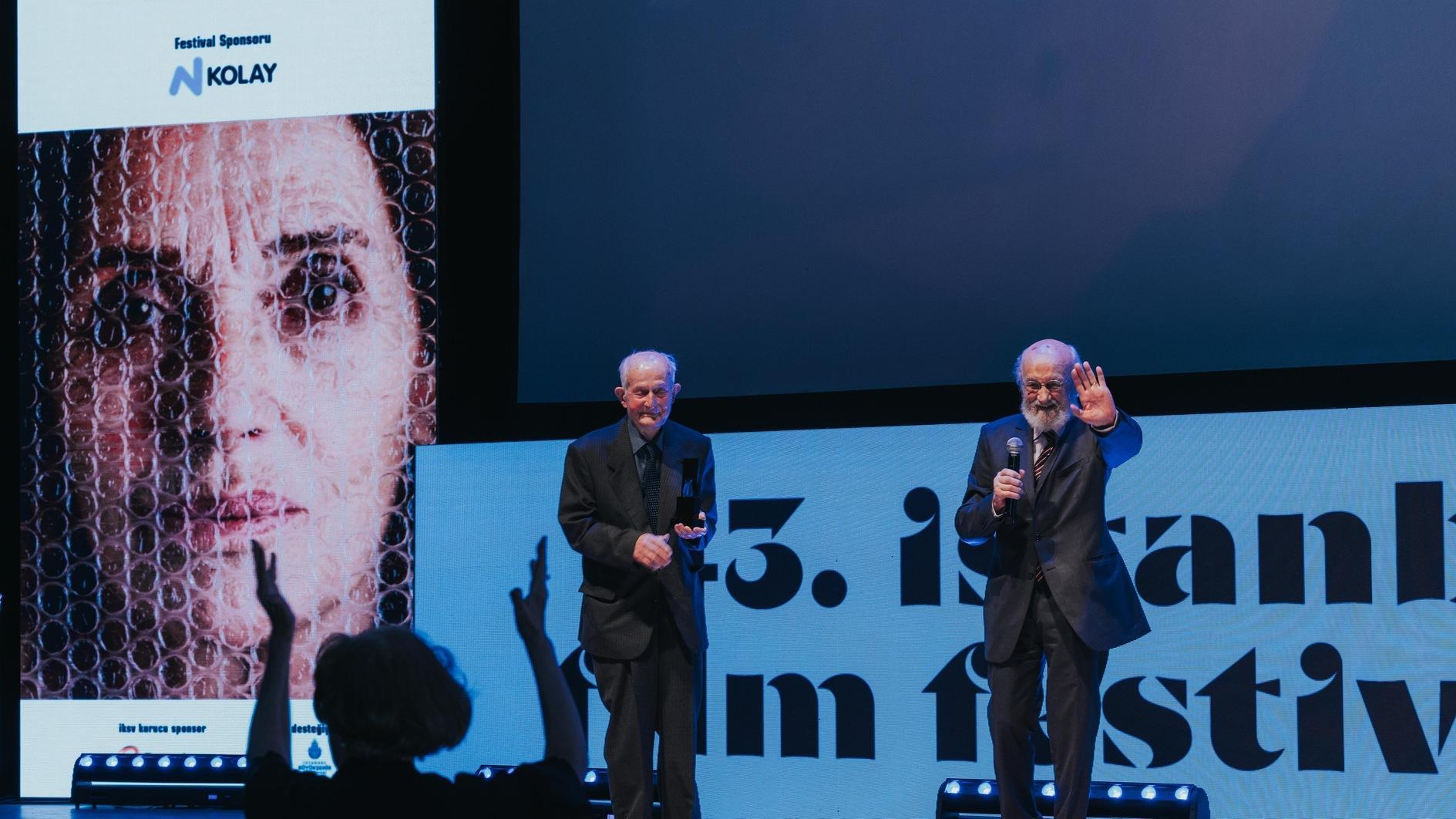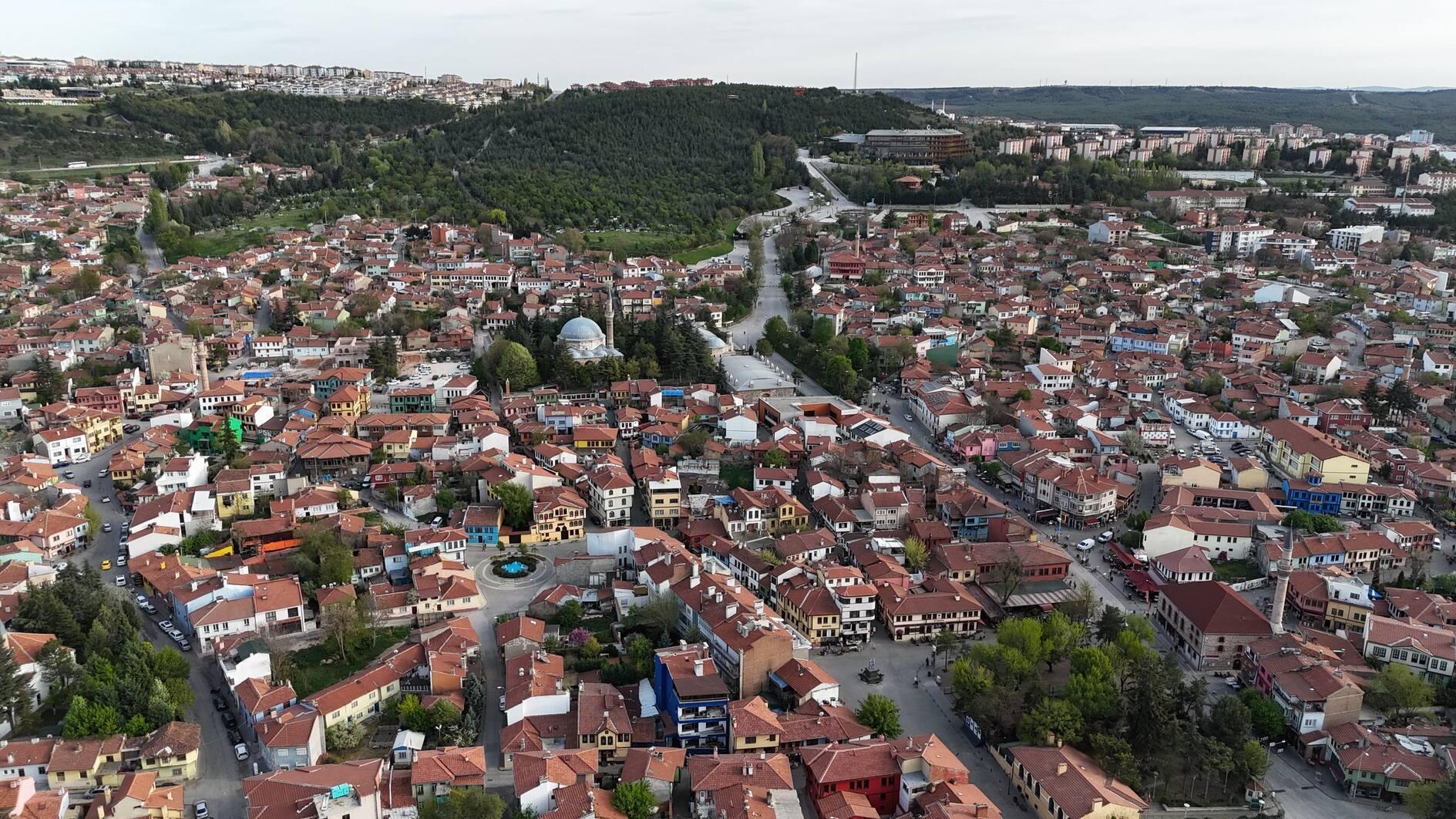Şerafettin once again gives cats a bad name, in a good way
Emrah Güler
 Şerafettin is a celebrity in his own right. He is vulgar, he is foul-mouthed, he is an absolute misogynist. And he is unapologetic. Yet he has myriads of fans waiting for his return. Şerafettin has been the epitome of what is right and wrong in Turkey for two decades. After a long period of hibernation, he is ready to test his celebrity status, and hopefully gain new fans.
Şerafettin is a celebrity in his own right. He is vulgar, he is foul-mouthed, he is an absolute misogynist. And he is unapologetic. Yet he has myriads of fans waiting for his return. Şerafettin has been the epitome of what is right and wrong in Turkey for two decades. After a long period of hibernation, he is ready to test his celebrity status, and hopefully gain new fans.To those close to him, he is Şero. For others, he is Bad Cat Şerafettin. He is Turkey’s answer to Garfield, or Heathcliff, in an X-rated, alternate comics universe. Originally a strip in Turkish humor magazine L-Manyak in the mid-1990s, cartoonist Bülent Üstün’s inspiring creation is making its screen debut in 3D animation, titled simply “Kötü Kedi Şerafettin” (Bad Cat Şerafettin).
A true thug of a cat, Şerafettin lives in Istanbul’s Cihangir area, bringing trouble to everyone in his vicinity.
For those familiar with Istanbul, Cihangir is the neighborhood where narrow streets, cafes and thrift shops are dominated with artists, writers and intellectuals. It’s also a safe haven for cats, who sprawl out in every possible place imaginable.
Üstün’s creation is the underdog that refuses to be the underdog, the rightful owner of a neighborhood that doesn’t tolerate the hip, the artsy and now the hipsters. The street cred he has is unique to his fellow anthropomorphic Cihangir dwellers: cats, rats and seagulls, other regulars of Cihangir.
Şero’s arduous journey to screen
Şerafettin’s screen adventure has been in the making for a decade now. Co-directed by Mehmet Kurtuluş and Ayşe Ünal, with Üstün and Levent Kazak behind the story, the bad cat is now the star of Turkey’s first PG-13 3D animated feature. Şerafettin’s journey from print to screen was “a long and arduous journey,” Kurtuluş told the Hürriyet Daily News.
Kurtuluş and Ünal are part of Anima Istanbul, the character animation studio and production company that brought Şerafettin to life on screen. After 10 years in the world of advertising, the team reached a career watershed, asking, “Why not take on the adventure of a feature animation?”
“American 3D animation tells sugar-coated, coming-of-age stories,” said Kurtuluş. “With our first feature, we didn’t want to be derivative. That’s why telling the story of a big-headed, malicious cat seemed appealing.”
The team reached out to Üstün, to which his answer to a movie adaptation of Şerafettin was a “no.” Anima Istanbul then made teasers to convince both Üstün and the movie sector. “Bülent was convinced, but not the sector,” said Kurtuluş.
Üstün came up with an initial treatment in 2011, “enacting the film in his head for four hours.” Since then a growing team of 120 became part of the film that is now in theaters. “Animated features are made with large numbers of people and take a long time,” said Ünal. “We wanted the audience to equate the film with successful counterparts from around the world in which they do not find the visual quality lacking.”
A sense of nostalgia, as well as something new
As for adapting a popular comic book to film, Ünal said: “We tried to capture what we were feeling when we were reading the comic books in a 3D graphic world. There are differences, but the spirit is the same.” For Kurtuluş, “Şero isn’t getting old, or outdated. He gets better with age, like wine.”
“The movie is no different than the comic book,” said Üstün. “Of course, there will be those meeting Şerafettin for the first time. The important thing with the adaptation was to please both of the crowds.” The balance for Üstün was both being able to generate a sense of nostalgia, as well as something new and exciting.
What about the reactions from die-hard Şerafettin fans? “At first, they were apprehensive. They were afraid that we would turn Şerafettin into Garfield,” said Kurtuluş. In time, with the added enthusiastic involvement of Üstün, “the voices of concern subsided. The fans’ excitement never wore off. Their support was immense, especially on social media. We respect them greatly.”
“The film is not only a dream come true for me, but many of my fans who have been following me and Şerafettin for years,” said Üstün. “This March, Şerafettin will celebrate its 20th year. Many of the fans had expressed their desire to see Şero as an animation since its first years. After years of ups and downs, we’ve finally done it.”
Alongside changing scripts, an apprehensive cinema sector, and a changing Turkey that has become more conservative and less tolerant, Şero has finally made his way to the big screen. It’s a dream come true for its creator, Üstün, the team at Anima Istanbul, exemplified by Kurtuluş and Ünal, and not least for the fans of Şerafettin who have been excited, dismayed and excited again for an adaptation.
Or as Şero would say, “What are you looking at?”
















